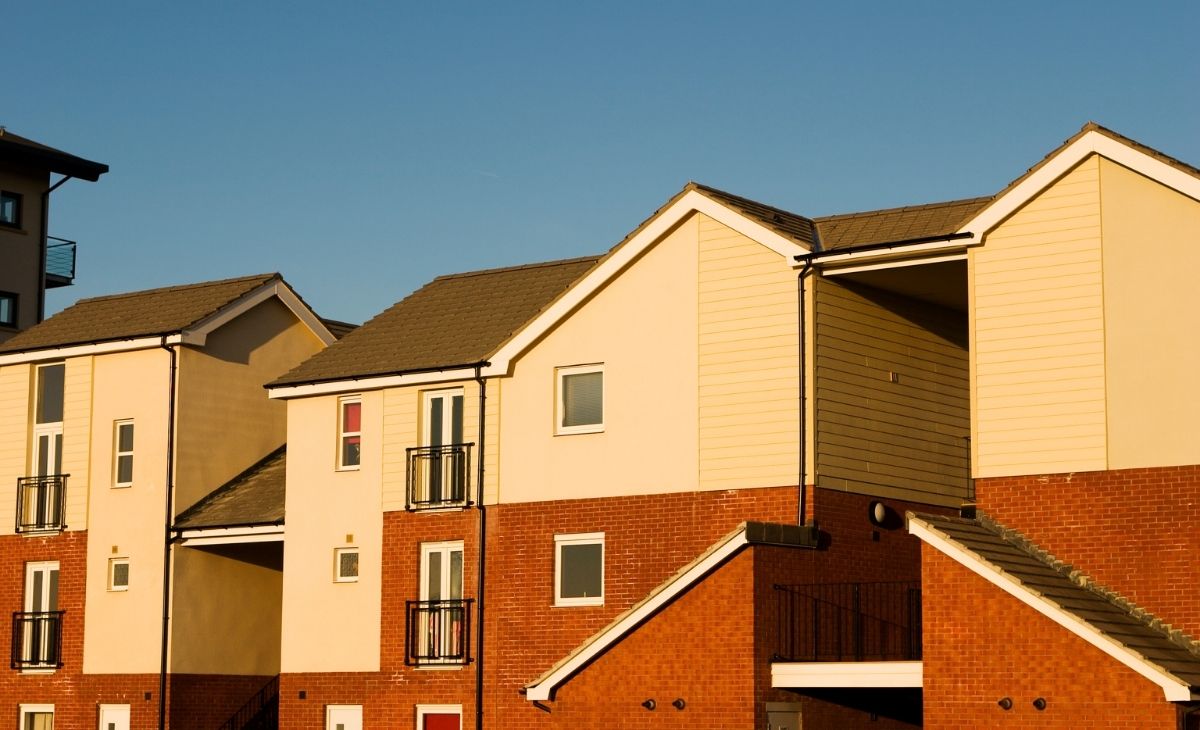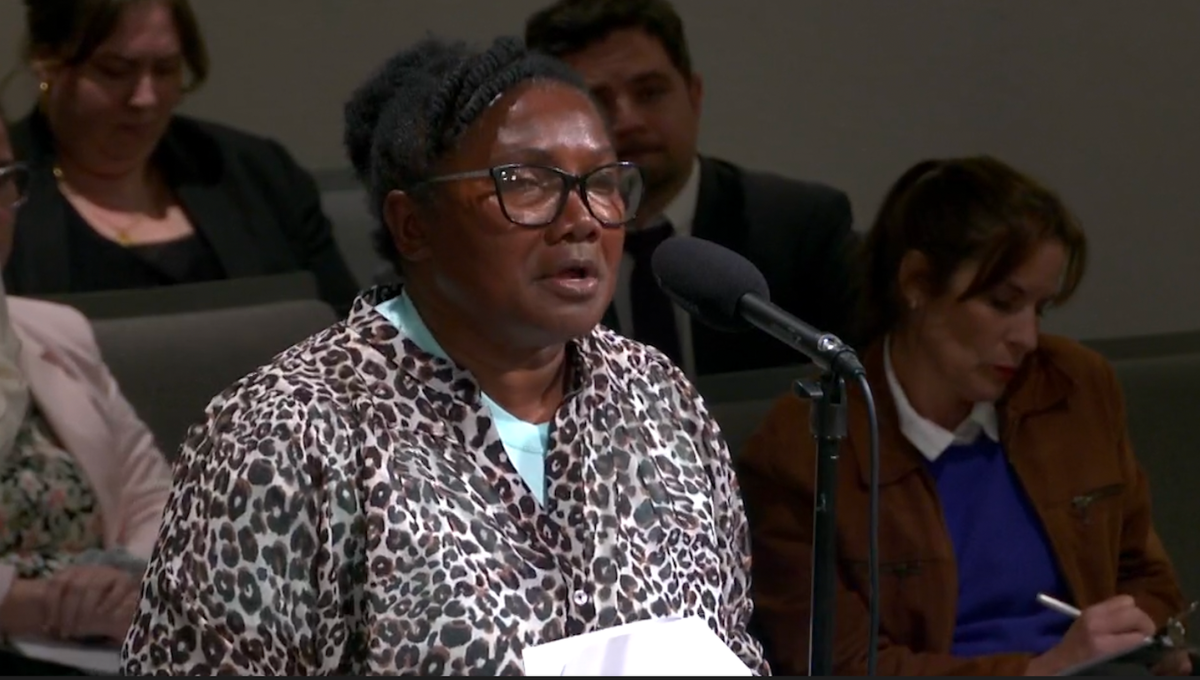Our Guide to Affordable Housing 101

Affordable housing is a term that’s used often, but do we really know what it means? Housing is one of the most basic necessities in life, but having enough of it at a reasonable price seems to be out of reach. Read on to learn more about what affordable housing is, who benefits from it, why it’s so hard to get enough of it, and what we can do to fix it.
What exactly is “affordable housing”?
There are actually two major categories of affordable housing. When we say “affordable housing” what we’re usually referring to is subsidized affordable housing, meaning that taxpayer dollars or private funding through a charity or foundation are helping to bring down the costs.
But there’s another kind of affordable housing that’s often overlooked in conversations about how to make housing affordable called naturally-occurring affordable housing (or NOAH). This is housing that’s affordable, not because it’s subsidized but instead because the unit is rent-controlled or less than desirable. For instance, it might not have amenities like a dishwasher or be run down compared to other units on the market and the landlord will rent out the unit at a lower than average price to secure a tenant. Ultimately, this means that tenants who can’t secure subsidized affordable housing often end up in NOAH with substandard living conditions and slumlords who do little to maintain the habitability of units.
Affordable to whom?
When we say affordable housing, we have to ask: to whom is it actually affordable? There isn’t a quick and easy answer to this question; the criteria for who lives in affordable housing varies depending on the unit and location. Generally, NOAH doesn’t have any criteria that a prospective tenant needs to meet; the units are typically rented on the open market and whoever ends up in this cheaper-than-average-rent unit may not actually need the more affordable rent. In other words, these tenants are not “means-tested”—they aren’t granted the less expensive rent on the basis of need.
Subsidized affordable housing is “means-tested”, meaning they must meet certain income criteria to be considered eligible. Subsidized affordable housing is intended to ensure that the household pays no more than 30% of their gross income in rent. Often, these housing programs serve distinct income levels that are broken down into five categories based on a family’s income versus the area’s median income. Here’s the breakdown for San Francisco:
| SF Household Income (Family of 4) | Income Level (AMI – Area Median Income) | What would be Affordable Rent at that income level | Actual Market Rate Rent (3-bedroom apartment) |
| $0 – $39,950 | Extremely low income: 0-30% of AMI | $0 – $998 | $4,650 |
| $39,950 – $66,600 | Very low income: 30% to 50% of AMI | $998 – $1,665 | $4,650 |
| $66,600 – $106,550 | Lower income: 50% to 80% of AMI | $1,665 – $2,663 | $4,650 |
| $106,550 – $159,850 | Moderate income: 80% to 120% of AMI | $2,663 – $3,996 | $4,650 |
| $159,850 – $266,400+ | Above moderate income: 120% to 200%+ AMI | $3,996 – $6,660+ | $4,650 |
This means that in San Francisco, a family of four must earn at least $186,000 per year to comfortably afford the average three-bedroom apartment. Governments use this guidance to limit who is eligible for which units and to ensure there is enough housing available that’s affordable at various income levels.
What does affordable housing look like?
You might not know that you’re walking past a subsidized affordable housing unit as you stroll through your neighborhood, but you could be. Often, when thinking about subsidized affordable housing, people picture what they’ve seen on TV (aka “the projects”); buildings where 100% of the units are subsidized. While governments are still building this type of subsidized affordable housing, increasingly they are moving toward the development of “inclusionary housing.”
Inclusionary housing is affordable housing that’s mixed in with market-rate housing. Often, when a developer is looking to build a new apartment complex, the city will require that some percentage of the units be offered below market rate (BMR) with affordable rents as a condition of approving the development.
For example, a recent development in San Francisco, Trinity Place, consists of 550 apartment units. The City of San Francisco required 15% of that be inclusionary housing offered below market rate (BMR), resulting in 83 affordable units. These BMR units are available to those making 55% or less of AMI. The units are rented at $1,533 for a two-bedroom apartment compared to $3,395 for a two-bedroom in the same building rented at market rate.
The 83 affordable units within the Trinity Place apartments are mixed throughout the development. The law requires that these affordable units be indistinguishable from their market-rate counterparts. This means that developers can’t isolate all of the affordable units in one part of the development, create a separate entrance for them, or deny them access to building amenities like gyms or pools. They also must make sure that the affordable units have the same quality and interior finishings. For example, they can’t put hardwood floors and marble counters in the market-rate units and finish the BMR units with linoleum floors and fiberglass countertops.
This emphasis on fully integrating the BMR units with the market rate units within a mixed-income development is in stark contrast to the 100% affordable housing projects that were most common in the 1970s-1990s. Studies have shown that fully integrating low-income families with the broader community has social benefits.
Mixed-income buildings and neighborhoods help to alleviate the harms created by concentrating poverty within one area of the city, reducing economic and racial segregation. Moving to a mixed-income community has a positive effect on mental health for low-income residents, primarily through the reduction of stress-related to neighborhood violence and crime. Some research suggests that living in a mixed-income community reduces negative “neighborhood effects” (negative health outcomes, exposure to violence and environmental stress, low education attainment, etc.) associated with concentrated poverty.
While there are social benefits to mixed-income housing, there’s still a place for 100% affordable buildings, as these types of developments are often able to provide wrap-around services like counseling. These programs can help to support extremely low-income people and chronically unhoused people who are transitioning out of homelessness and into housing.
Want to Learn More?
Now that you understand the basics of affordable housing, you might want to dive deeper. Check out the second part of this series to get answers to questions like “How much affordable housing do we really need?” and “Why don’t we have enough affordable housing?”.
Glossary
Affordable
For housing, rent or mortgage payments should not exceed 30% of a household’s income to be considered affordable.
Naturally Occurring Affordable Housing (NOAH)
Naturally Occurring Affordable Housing (NOAH) generally is understood to mean rental housing that is more affordable than market-rate housing. Typically NOAH is at least two decades old, short on amenities and affordable without a subsidy.
Subsidized Affordable Housing
Housing whose cost is lowered through taxpayer or philanthropic funding. There are two general types of housing subsidies: 1) development subsidies (supply-side) to help construct or acquire housing, and 2) operating subsidies (demand-side) that supplement the amount that residents can pay.
Area Median Income (AMI)
The area median income is the midpoint of a region’s income distribution. How far above or below Area Median Income a household is determines their eligibility for many government programs, including affordable housing.
Means Testing
A means test is a determination of whether an individual or family is eligible for government assistance based upon whether the individual or family possesses the means to secure and retain housing without that help.
Market-Rate Housing
Market rate housing is housing that is rented or sold at an agreed-upon price between buyer and seller in a free market without any subsidy. If demand for housing is high and supply is short, rents will increase. When demand falls, market rates also tend to fall.
Below Market Rate Housing (BMR)
Housing that is offered for rent or sale below market price and is affordable to extremely low-income, very low-income, low-income, and moderate-income households.
Mixed-Income Development
A building with housing that is affordable to various income levels.





